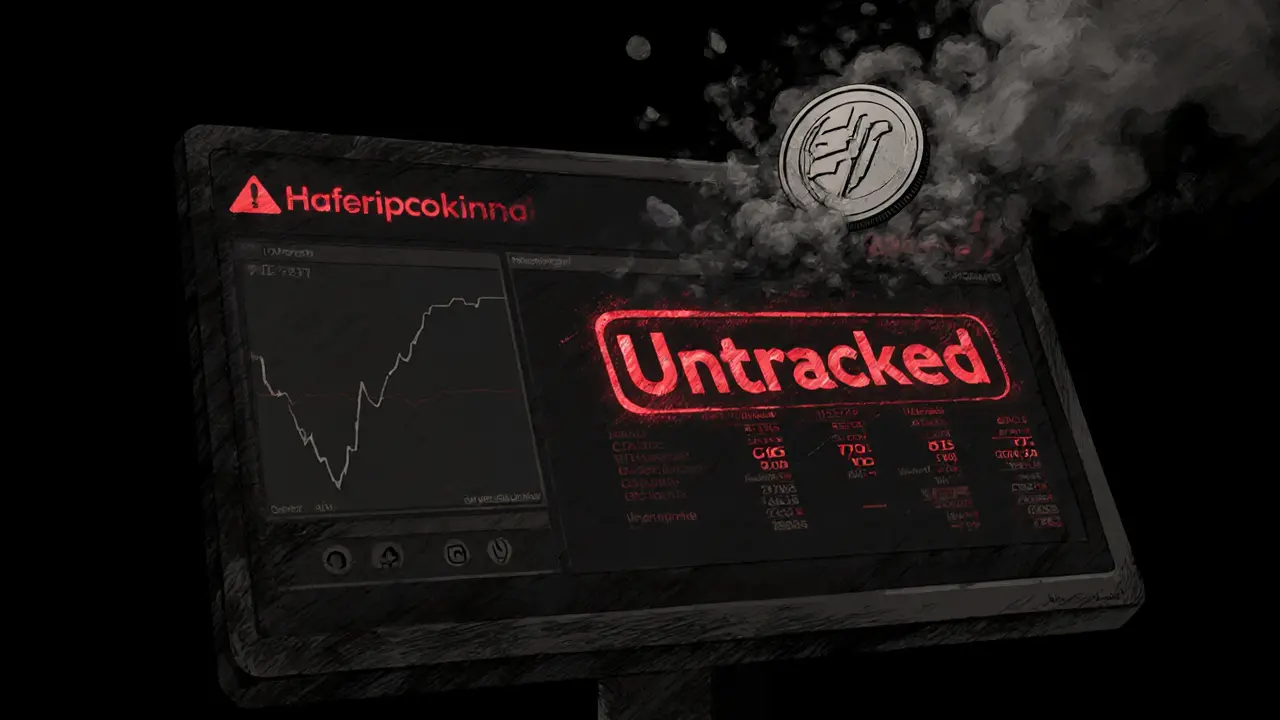Dexfin claims to be a secure, fast crypto exchange, but it has no trading volume, no users, and no verifiable tech. Avoid this untracked platform and stick with proven DEXs like Uniswap or dYdX in 2025.
DXF Token: What It Is, Who’s Behind It, and Why You Should Be Careful
When you hear about DXF token, a cryptocurrency token that appears on some decentralized exchanges but lacks verified documentation. Also known as DXF coin, it’s often listed without a clear team, audit, or roadmap—common signs of high-risk projects. Unlike major tokens like Ethereum or Solana, DXF doesn’t have a public whitepaper, official website, or active community channels. That doesn’t mean it’s always a scam—but it does mean you’re flying blind if you invest without digging deeper.
DXF token relates directly to other low-visibility crypto assets you’ve probably seen pop up on BSC or Polygon: tokens with no clear utility, no team behind them, and sudden price spikes fueled by bots. It’s not unlike Dynamic Trust Network (DTN), a fraudulent token with zero circulating supply but a fake price, or Golden Dog (DOGS), a meme coin with no real value despite viral hype. These projects share the same pattern: low liquidity, no audits, and aggressive marketing on Telegram or Twitter. If a token’s only selling point is "1000x potential," it’s usually a red flag.
What’s worse, DXF token often shows up in fake airdrop scams. You’ll get a message saying "Claim your DXF tokens now!"—but the link asks for your private key or locks your wallet with a phishing contract. This isn’t new. We’ve seen the same trick with Hacken (HAI), a legitimate project whose name was hijacked for fake airdrops, and Moonpot (POTS), a token with no official airdrop but dozens of scam sites pretending otherwise. If you’re not verifying the official source, you’re giving your crypto away.
Tokenomics for DXF is a mystery. No one publishes supply numbers, distribution breakdowns, or vesting schedules. That’s not normal. Even risky tokens like Cheelee (CHEEL) or Rewardable (REWARD) at least show their token distribution and roadmap. DXF doesn’t. That silence speaks louder than any whitepaper. If a project won’t tell you who owns the majority of tokens, they could be dumping on you at any moment.
So what should you do? First, check CoinGecko or CoinMarketCap—DXF isn’t listed there. Second, search for the official Twitter or Telegram—there won’t be any verified ones. Third, look for audits on CertiK or HackenAudits—there won’t be any. If you still want to explore it, use a burner wallet with less than $50. Never connect your main wallet. And never, ever share your seed phrase.
The posts below cover real cases of similar tokens that turned out to be scams, failed projects, or risky bets. You’ll find breakdowns of what to watch for, how to spot fake airdrops, and why some tokens vanish overnight. Whether you’re new to crypto or just got a DM about DXF, this collection gives you the facts—not the hype.

